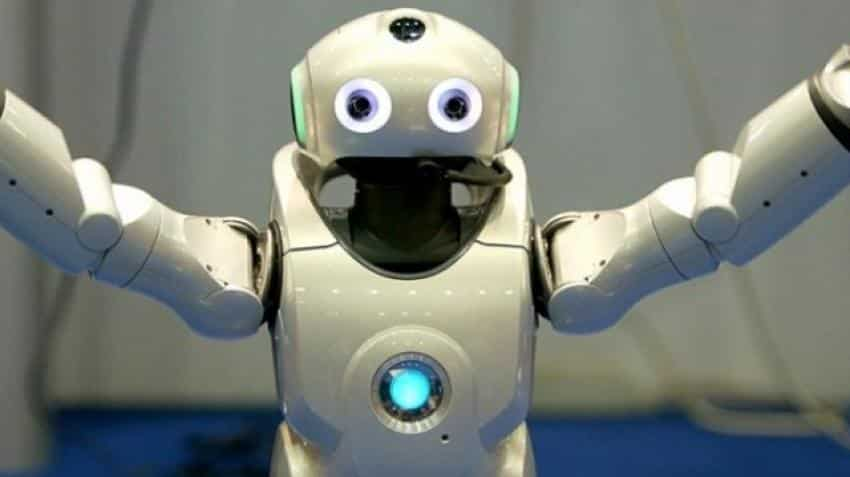New AI system can train robots for armies
Researchers at the US Army Research Laboratory and the University of Texas at Austin considered a specific case where a human provides real-time feedback in the form of critique

Scientists have developed an artificial intelligence technique that will teach robots and computer programmes to interact with a human instructor and perform tasks for the army.
Researchers at the US Army Research Laboratory and the University of Texas at Austin considered a specific case where a human provides real-time feedback in the form of critique.
First introduced by researchers as Training an Agent Manually via Evaluative Reinforcement (TAMER), the team developed a new algorithm called Deep TAMER.
It is an extension of TAMER that uses deep learning - a class of machine learning algorithms that are loosely inspired by the brain to provide a robot the ability to learn how to perform tasks by viewing video streams in a short amount of time with a human trainer.
The team considered situations where a human teaches an agent how to behave by observing it and providing critique, for example, "good job" or "bad job" - similar to the way a person might train a dog to do a trick.
Many current techniques in artificial intelligence require robots to interact with their environment for extended periods of time to learn how to optimally perform a task.
During this process, the agent might perform actions that may not only be wrong, like a robot running into a wall for example, but catastrophic like a robot running off the side of a cliff.
Help from humans will speed things up for the agents, and help them avoid potential pitfalls, said Garrett Warnell, a researcher at the US Army Research Laboratory.
As a first step, the researchers demonstrated Deep TAMER's success by using it with 15 minutes of human-provided feedback to train an agent to perform better than humans on the Atari game of bowling - a task that has proven difficult for even state-of-the-art methods in artificial intelligence.
Deep-TAMER-trained agents exhibited superhuman performance, besting both their amateur trainers and, on average, an expert human Atari player.
Within the next one to two years, researchers are interested in exploring the applicability of their newest technique in a wider variety of environments: for example, video games other than Atari Bowling and additional simulation environments to better represent the types of agents and environments found when fielding robots in the real world.
"The army of the future will consist of soldiers and autonomous teammates working side-by-side," Warnell said.
"While both humans and autonomous agents can be trained in advance, the team will inevitably be asked to perform tasks, for example, search and rescue or surveillance, in new environments they have not seen before," he said.
"In these situations, humans are remarkably good at generalising their training, but current artificially- intelligent agents are not," he added.
Get Latest Business News, Stock Market Updates and Videos; Check your tax outgo through Income Tax Calculator and save money through our Personal Finance coverage. Check Business Breaking News Live on Zee Business Twitter and Facebook. Subscribe on YouTube.
RECOMMENDED STORIES

IPL Auction 2025 Free Live Streaming: When and where to watch Indian Premier League 2025 mega auction live online, on TV, Mobile Apps, and Laptop?

SIP vs PPF: How much corpus you can build in 15 years by investing Rs 1.5 lakh per year? Understand through calculations

SBI Senior Citizen Latest FD Rates: What senior citizens can get on Rs 7 lakh, Rs 14 lakh, and Rs 21 lakh investments in Amrit Vrishti, 1-, 3-, and 5-year fixed deposits
01:34 PM IST







